Nearly 18 years ago, in Sapporo, Japan, a digital girl with two turquoise pig-tails was born. Hatsune Miku is the personification of a virtual idol developed by Crypton Future Media as a voicebank for their music software, Vocaloid.
Almost two decades later, she’s become the mascot of Vocaloid, and her vocal talents have been used to create hundreds of thousands of songs.
How does Vocaloid work, you may be asking? Well, it’s a music-making software that allows the producer to create songs in a variety of genres using different digital voices and instruments. Hatsune Miku’s voicebank is the most popular.
Since her creation, Miku has toured in her own concerts and performs annually at the Hatsune Miku Expo. Her most famous songs include her cover of the Finnish folk song “Ievan Polka,” “World is Mine,” and “The Disappearance of Hatsune Miku.”
As her popularity increases, it’s becoming more and more common to see Miku’s merchandise flying off the shelves.
On her road to fame, she’s been given her own video game franchise called “Hatsune Miku: Project Diva” and a spin-off called “Hatsune Miku: Colorful Stage.” Additionally, Miku has even been spotted making cameos in video games like Fortnite, Just Dance, and Super Monkey Ball.
On social media, Miku has been adopted as a recognizable and beloved star since the creation of the viral Brazilian Miku led to the fanartist trend of reimaging Miku in multiple cultures.
This thrusted Miku into the public eye and brought about a new fanbase for the virtual popstar, thus making her more mainstream. More importantly, this trend led to the uniting of people across the planet by sharing cultures using Hatsune Miku as a bridge.
Recently, this effect of community has led to more Miku-related events hosted by fans, such as a lookalike contest on March 29, 2025, in Brooklyn, New York. Miku cosplayers of all races, genders, and styles gathered to compete in a fun and friendly competition where, in the end, cosplayer Usamiku was announced the winner.
Part of why I love Hatsune Miku is her versatility as a fictional character. Miku can be anything you want; she’s been perceived as everything from an ancient princess to a fast-food employee.
What I believe makes her so impactful is similar to why Barbie is so important. They both teach their audience freedom of expression and creativity. Miku, like Barbie, can be anything. Miku exists as a positive influence and inspires a lot of creativity of expression in her fans.
Whether that be through making music using Miku’s voicebank, drawing fanart of her as Garfield, or creating a Hatsune Miku cosplay for Miku Expo, there is no limit to how someone can interpret this character and have fun while doing so. The creative freedoms that she encourages give Miku the capacity to be meaningful to anyone.
As time goes on change is inevitable, but I have found that there is one eternal truth. Hatsune Miku is, and will always be, the ultimate virtual diva and digital girl.


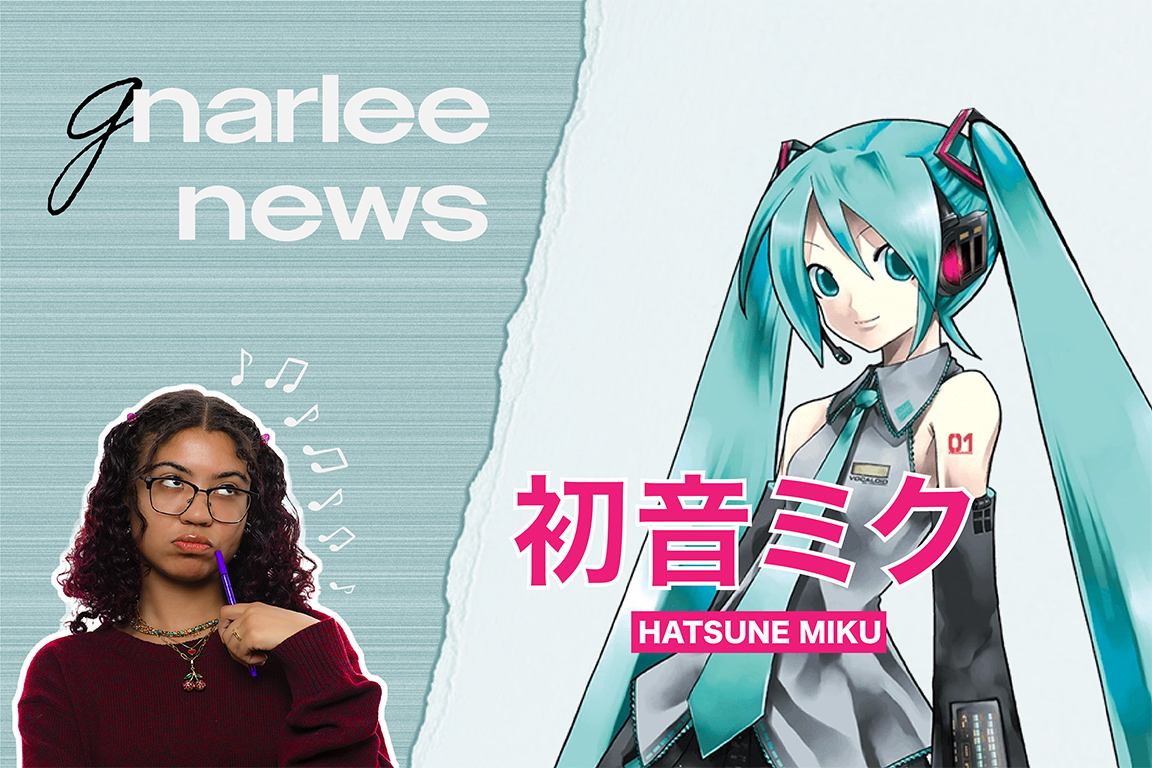
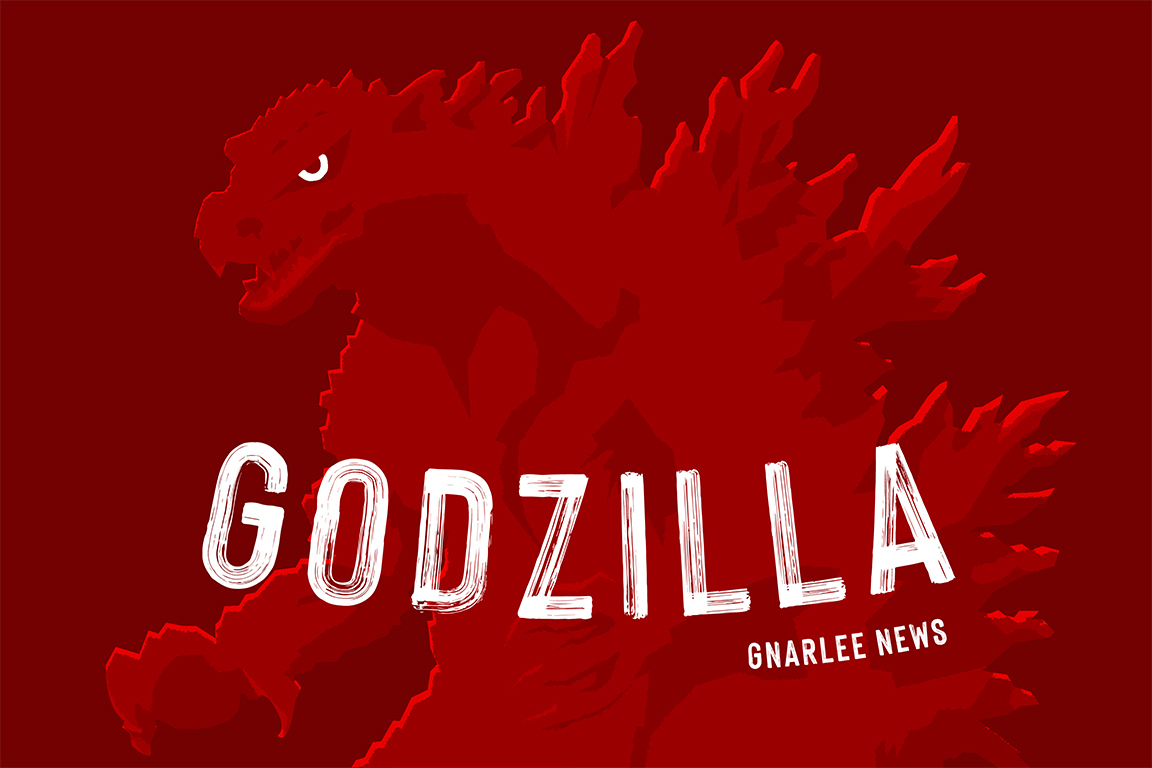
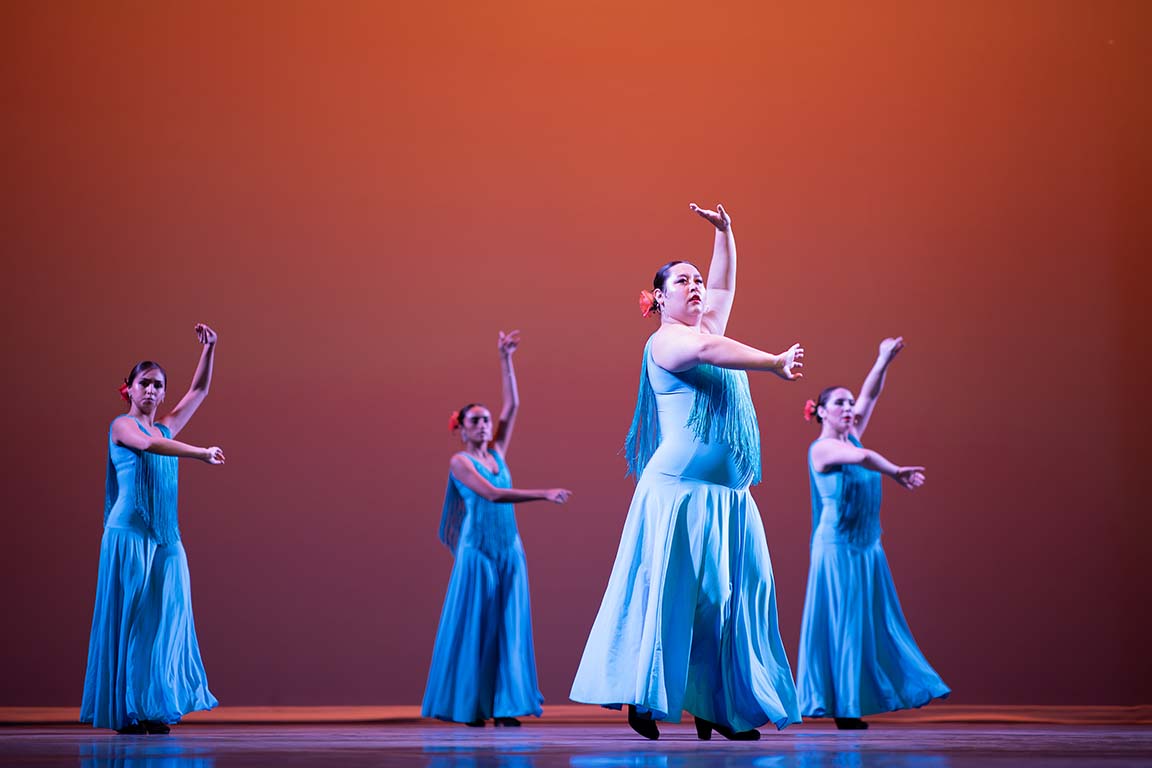
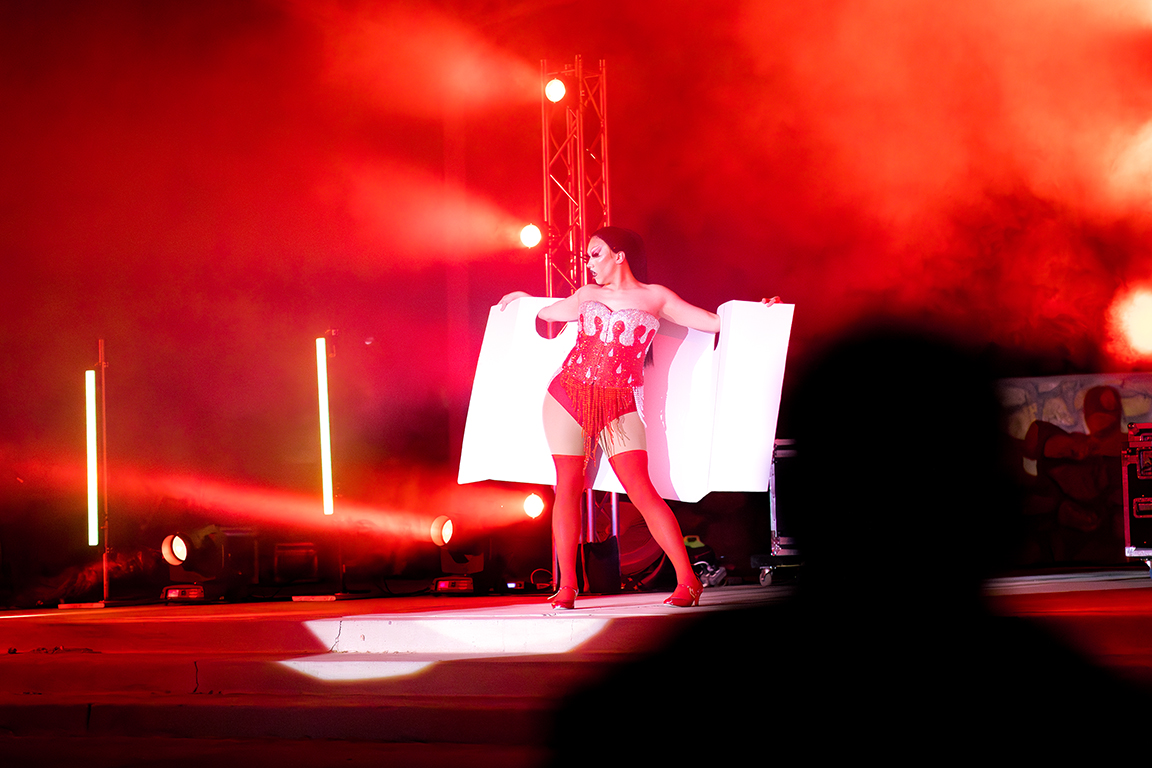



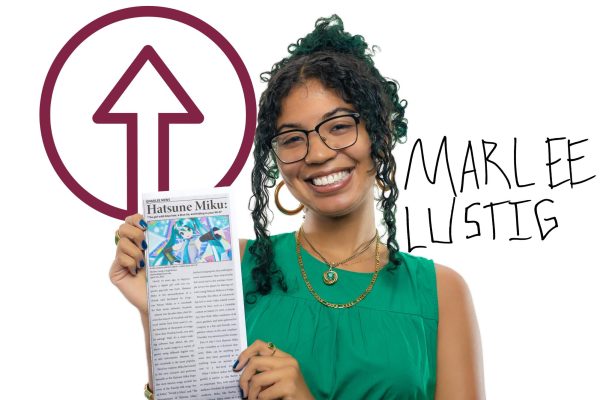

Mark • Apr 17, 2025 at 8:45 PM
Fact check: true ✅️